It’s common to wait long for sequels, especially for your favorite role-playing games. Fans of Falcom’s The Legend of Heroes series suffer a different kind of wait – that of localization.
When Hajimari no Kiseki, known as Trails into Reverie in the West, finally received a release date, it was nearly three years after the conclusion of Cold Steel 4. Not the most comfortable wait, especially since the ending left several questions unanswered.
Of course, there’s also the question of how much Trails into Reverie can improve. It’s developed on PhyreEngine, the same as Cold Steel 1-4. Kuro no Kiseki, the next big arc in the franchise, is where Falcom’s new engine comes into play alongside several new gameplay mechanics. To that end, many genre fans may scoff at Reverie and its visual quality, the reuse of old environments and the crazy amount of characters to remember.
“Thanks to the new Crossroads system, you can shift between each protagonist at almost any time. There are points where the story for one character is locked, and you need to play as the others to continue.”
Like Trails in the Sky The 3rd, it’s an Epilogue that expands on its established cast and settings while acting as a bridge for the next arc. However, unlike the Sky trilogy’s conclusion, Trails into Reverie feels like its own entity. It’s a celebration of the characters I’ve known since Trails in the Sky FC; a continued exploration into the psyche and evolution of its vast selection of party members; and, above all else, a brand new suite of challenges for the combat-minded.
If you’re a hardcore fan of the series, Trails into Reverie is an easy recommendation, but even if you jumped in with Cold Steel and were left wanting, it’s a worthwhile continuation. Slight spoilers follow if you haven’t finished Cold Steel 4 yet, so be warned.
Unlike previous titles, Trails into Reverie doesn’t focus on a single protagonist. Instead, it has three – Lloyd Bannings of the Crossbell arc, Rean Schwarzer of the Erebonian saga, and the mysterious C. Each path is separate, whether it’s Lloyd leading the Special Support Section to secure Crossbell’s independence or Rean and Class VII undertaking a new mission in Erebonia. Then you have C, who leads a new trio of characters – Swin, Nadia and Lapis – to investigate behind-the-scenes happenings.
Thanks to the new Crossroads system, you can shift between each protagonist at almost any time. There are points where the story for one character is locked, and you need to play as the others to continue. It’s one of the more ingenuous systems, freshening up the plot and providing some narrative room for the groups to breathe.
“These are only a few examples of the dozens of characters present. Of course, even the newcomers, dubbed the Sinners, are engaging.”
It also helps the pacing, even though certain sections can still have objectives like “investigate all these districts.” Each character also tends to cross paths (or roads, if you will) at various points throughout the story. So if you’re venturing through Heimdallr as Rean and sense someone following him, it’s later revealed to be C when shifting to his perspective.
To say that a Trails game has a lot of dialogue would be an understatement, and Trails into Reverie is no exception. There is a lot of material here, and while many of the conversations flow smoothly with some well-done lines (Musse commenting that Class VII doesn’t keep Ash around for his “sparkling personality” is but one), some get long-winded. The signature “everyone gets a word in” approach with multiple characters crops up, which may annoy some.
However, Trails into Reverie does well in delving into deeper character motivations. Despite the Great Twilight’s conclusion, everyone’s inner turmoil isn’t magically gone. Kurt struggles with his personal growth, especially in the company of Juna and Altina, who have evolved by leaps and bounds. Claire atones for her involvement, throwing herself into more work while trying to find a path to redemption. Rean is hopeful for the future but guilty over those who died in the ensuing war and whether he deserves happiness.
These are only a few examples of the dozens of characters present. Of course, even the newcomers, dubbed the Sinners, are engaging. The chemistry between Swin and Nadia somewhat mirrors that of Joshua and Estelle while still feeling different (thanks in no small part to their unique past). Lapis has that refined air mixed with some violent tendencies, and C serves as a good foil, keeping the group together. It’s an interesting dynamic, and seeing their relationships evolve as we learn more about their past is quite compelling.
“As significant as the story-telling is, combat is also a major part of the experience. The Action Time Battle system returns, and it’s pretty much as you remembered it from Cold Steel 4.”
Falcom also goes the extra mile with its side characters, whether it’s Lenalee and Pruna in Crossbell debating whether Rufus’s sentence is too harsh, Vivi and Linde of Thors being…Vivi and Linde, and so on. Almost every character in the game has good voice acting, even if some, like Tio, sound off compared to previous titles. It helps offset some of the more annoying characters like Angelica, or the decidedly one-note side plots, like the relationship between Tita and Agate, that should have been removed years ago. They’re small parts of the overarching story, thankfully.
As significant as the story-telling is, combat is also a major part of the experience. The Action Time Battle system returns, and it’s pretty much as you remembered it from Cold Steel 4. The actions of each ally and party member are on a timeline. Some attacks can cause delays or cancel others, while Arts can take longer to execute. Each character has Crafts, which can be executed immediately, and S-Crafts – Ultimate moves that can be used any time if you have enough Craft Points. It’s not uncommon to build enough Craft Points, execute a regular Craft and then execute an S-Craft just before the enemy’s turn begins for an extra turn.
However, the enemy also has weaknesses to different types of damage and a Break gauge. Striking with the right damage type or a Critical attack allows for executing a follow-up if you have enough Brave Points or BP, which deals more Break damage (with fully broken enemies taking more HP damage and missing their turn). You can also execute Rush Attacks, where all four active party members attack at once for even more Break damage against all foes. You must be careful about BP, though, since it activates the all-important Orders for damage reduction, increased damage, increased Break damage, Reflect, and so on.
Also, like in Cold Steel 4, some enemies can use Dis-Orders, which apply negative statuses (like reduced outgoing damage or increased delay) for a set amount of turns to your party. All of this isn’t even getting into the various elemental Arts and buffs; the Master Quartz and Sub Quartz that can be equipped and levelled for different passive benefits and powerful Arts; managing your positioning on the battlefield; supporting party members and their Orders; or new effects like Swin’s Marked status for critical hits.
“In terms of environmental variety, Trails into Reverie is going to look very familiar to fans.”
Further adding to the battle complexity are the new United Fronts. If you have enough bars on the Assault Gauge (also used to deal Break damage to enemies before fights), you can use new team-up attacks involving five or more party members. For instance, United Attack grants buffs to Strength, recovers Craft Points and deals significant damage to foes. At some points, the United Front system can somewhat trivialize combat against regular enemies.
However, boss fights are a different story. They boast massive health pools and a variety of attacks. These are easily the highlight of the combat, much like in previous titles, and serve as a great way to try out various tactics. However, they can still pull out some annoying attacks (like that one Meteor technique that always took my party down to near death, even with Absolute Reflect up).
In terms of environmental variety, Trails into Reverie is going to look very familiar to fans. It’s nice to see updated locations like Heimdallr or Armorica Village appearing for the first time in full 3D, and there are brand-new places to explore upon progressing through the story. However, for series fans, much of the running around is in locations you may have already seen dozens of times.
It’s not the worst thing, as there are new interactions, quests, and goings-on, and it’s nice to see how some things have changed over the years, even if visually, they’re not the highest fidelity by today’s standards. At least the performance on PC is pretty good, thanks to PH3 (which handled the ports of Cold Steel 3 and 4, Azure, and Zero with fantastic results).
“The amount of side content is honestly pretty overwhelming, whether you’re in it for Panzer Soldat battles, Vantage Masters, or even answering trivia questions.”
As for the music, it doesn’t hit the same highs the Sky trilogy or Cold Steel 1 and 2 did. However, “No End No World” is a good theme, while “The Destination of FATE” is appropriately hype (especially during one of the opening missions). The combat tracks, especially “Like a Whirlwind”, are also well done. If not for the lofty standards set by previous entries, I’d probably enjoy the soundtrack more, but it’s still good.
One of the newer places you’ll spend time in is the True Reverie Corridor. Unlike the instance in Cold Steel 2, this is a multi-floor dungeon with random arrangements. You can change the layout of floors and open chests for new loot. While you’re given several characters based on the story’s progress for exploring and conquering its many challenges, you can earn Gold Sealing Stones to unlock more. These can also provide new Brave Orders if you have them tag along.
Other Sealing Stones will unlock story episodes called Daydreams set in the past (like when Swin and Nadia had a run-in with Rixia in Crossbell). They provide some additional backstory and interactions and are generally well done. You can also unlock new mini-games, like Magical Alisa LS, a rail shooter set in an alternate universe with Rean as the Dark Lord and Alisa and several other characters as magical girls (do not ask. I don’t know).
The amount of side content is honestly pretty overwhelming, whether you’re in it for Panzer Soldat battles, Vantage Masters, or even answering trivia questions. As a whole, the True Reverie Corridor doesn’t do too much with its layouts aside from some light puzzle solving, battling Formidable Foes or hunting for treasure, but it complements the main story very well.
“Despite its imperfections and annoyances, Trails into Reverie is an essential experience for fans, if not another strong reason for newcomers to finally delve into the series.”
Your enjoyment of The Legend of Heroes: Trails into Reverie hinges on some pretty straightforward things. If you’re here to see the continuation of your favorite characters’ journeys and are up to date on everything that’s happened so far (to the extent that you recognize even the minor characters without missing a beat), it’s worth playing. For others who dread having to play all the previous titles to get up to speed on what’s going on, there is a summary of events so far, but you’re still going to be very lost, especially with the sheer amount of lore and characters thus far.
Compared to the current state of role-playing games, it’s easy to view Trails into Reverie as playing it safe or feeling slightly behind the times, which is understandable. It’s a 2020 title that landed in Japan first for the PS4. However, it’s hard to deny the strong combat system and its extensive customization and tactics, the genuinely compelling characters and their stories, or even the sheer scope and magnitude of capping off everything from Cold Steel 4 in a satisfying manner.
Despite its imperfections and annoyances, Trails into Reverie is an essential experience for fans, if not another strong reason for newcomers to finally delve into the series. Here’s hoping that Kuro no Kiseki freshens things up and takes the overarching story forward in new directions.
This game was reviewed on PC.
The Legend of Heroes: Trails into Reverie Review – Final Lesson
Source: News Beginning

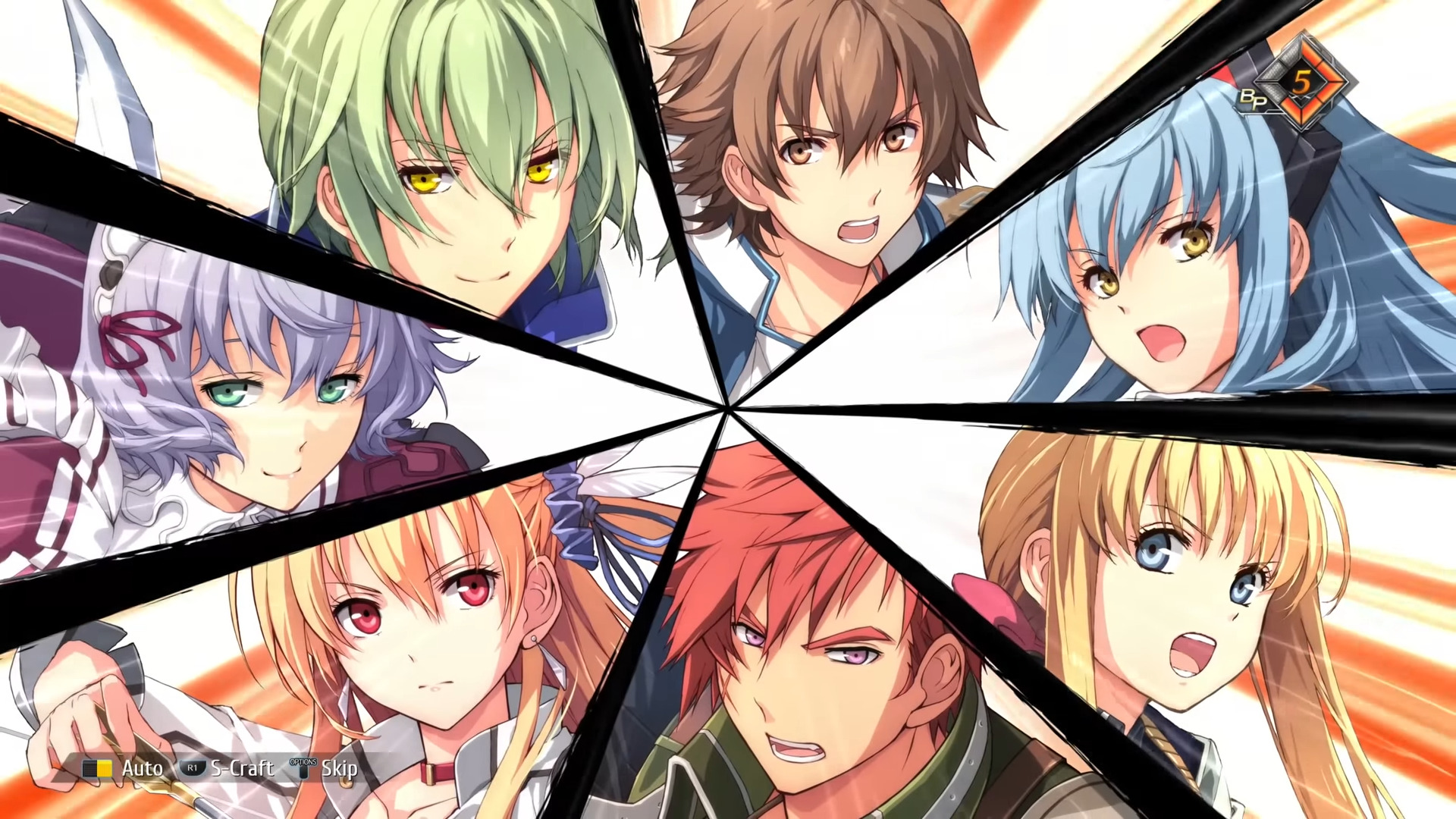
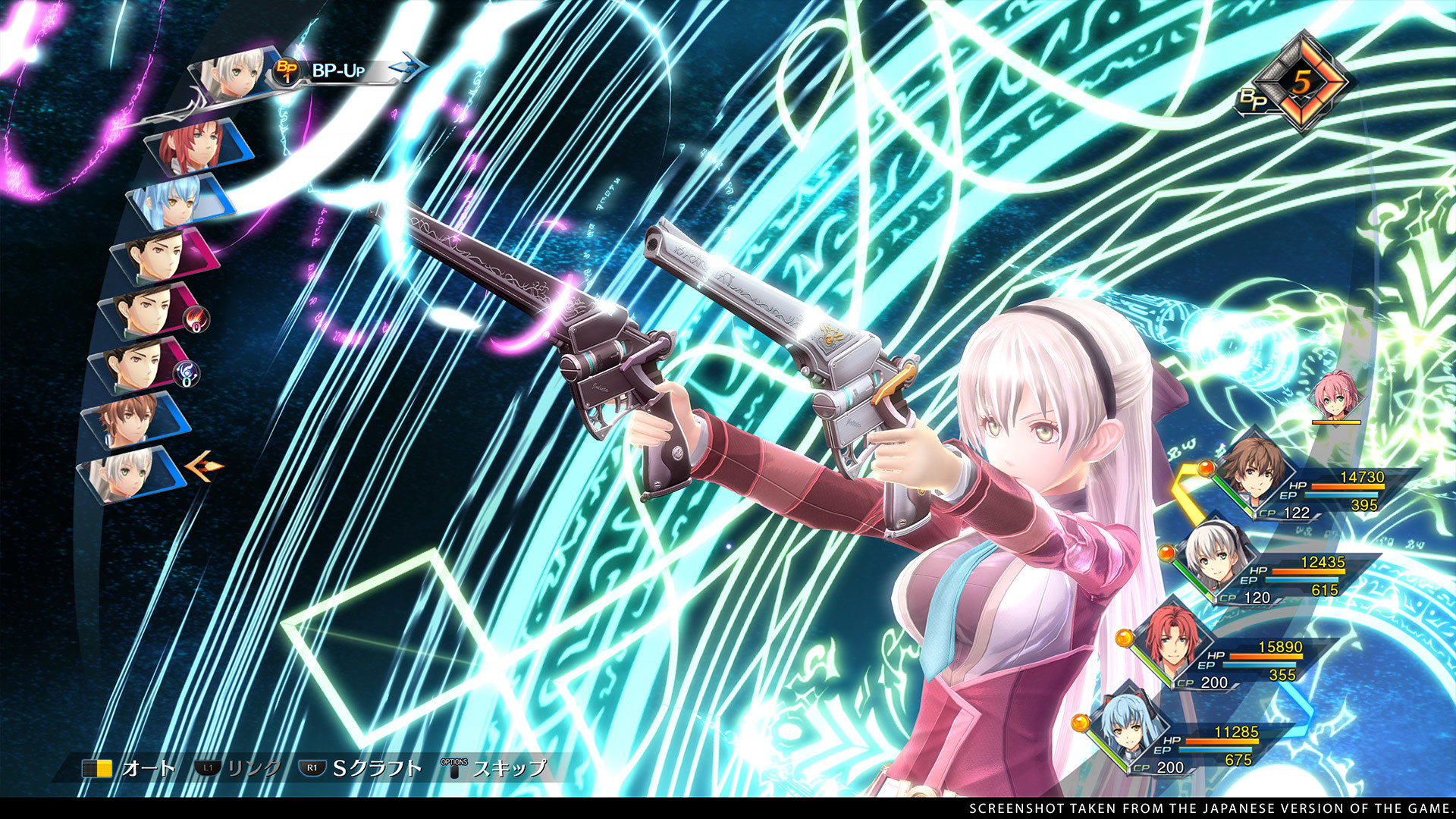
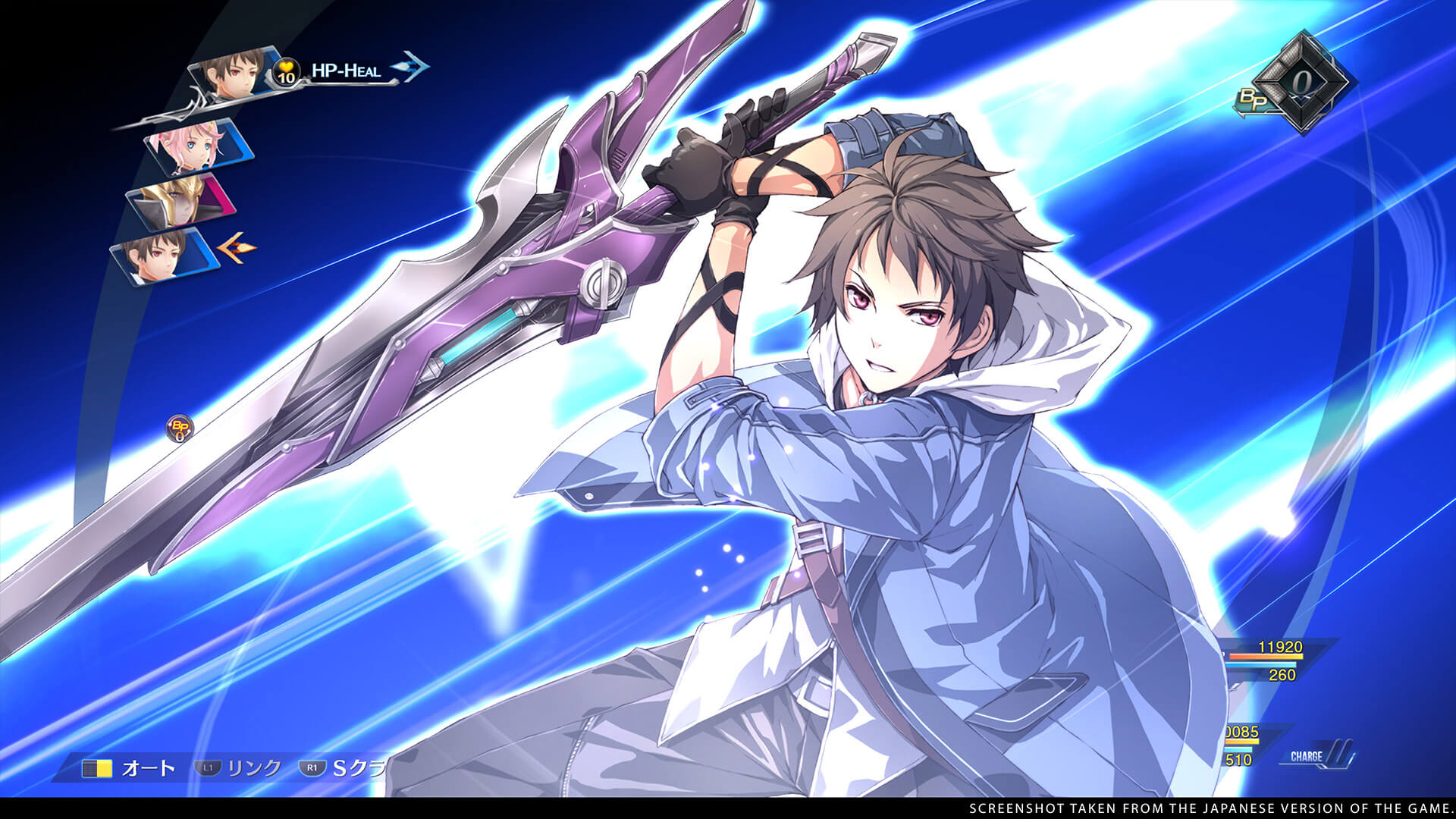
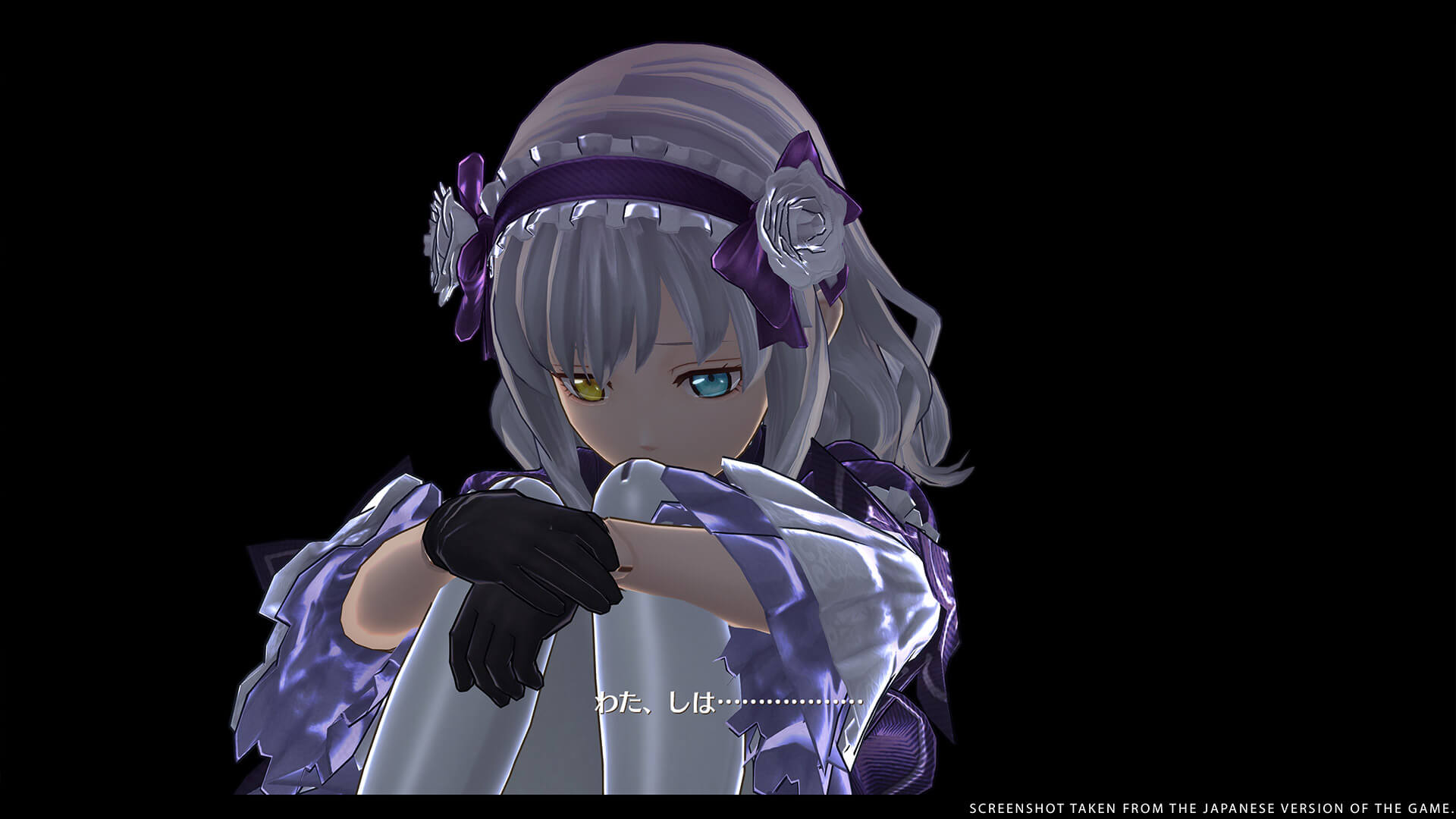
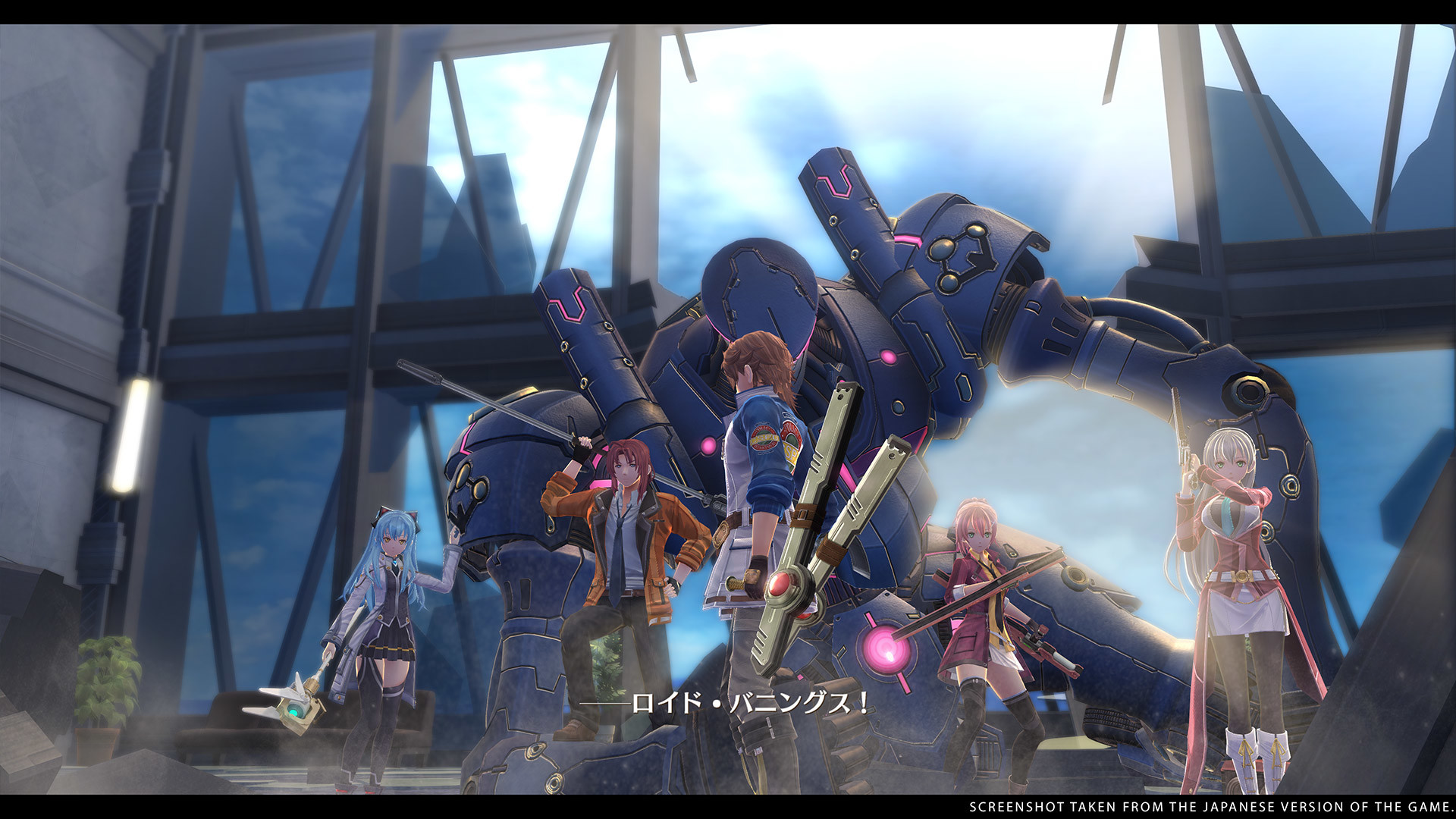

0 Comments